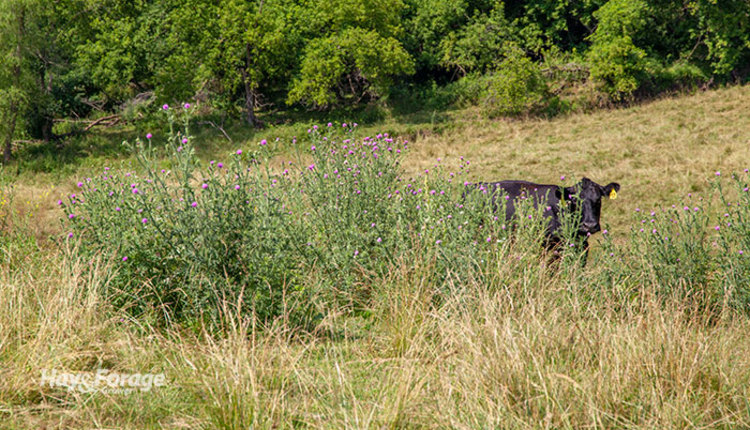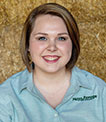
University of Maryland Extension Pasture and Forage Specialist Amanda Grev advises, “The end of summer will be here before we know it, and now is the time to be thinking ahead about plans for pasture renovation this fall.”
Pasture renovation does not always mean existing stands to get a fresh start for the coming year. Evaluating your stand for the true cause of poor performance can save you time, effort, and money, leading to a productive stand in the future.
Objective assessment
Identifying the cause will help you make a correct decision about how to proceed. Ask yourself these questions:
Is the damage from environmental factors, or is it due to a lapse in management?
Can the damage be repaired with an herbicide or fertilizer application, or does the stand need a complete overhaul?
“To tell what kind of renovations or adjustments you need to make, objectively assess your stand,” Grev instructs. “Walk through the pasture and record the species you see and the frequency at which they occur.”
If poor performance stems from management issues, applying herbicides or fertilizer may remedy the situation without establishing a new stand. Similarly, providing the pasture with some much-needed rest will help recoup losses from overgrazing.
Weed control
If your pasture contains more undesirable weeds than productive forage plants, starting over from scratch may be best. Eliminate the existing stand, use a smother crop in the following season, and then replant a desirable forage crop in the pasture.
Instances like these are a great time to investigate other forage crop species, or even different systems. Incorporating a mixture of legumes or cool- and warm-season annuals can improve the quality and quantity of forage produced on your farm.
Fertility
When establishing new stands, have soil samples analyzed to make accurate adjustments to the soil’s fertility. Adjustments in this department can greatly improve both the performance and longevity of the forage crop planted.
Grazing considerations
Adding more seed to sparse areas will not result in lasting effects if overgrazing is the underlying cause of poor forage production; changes to grazing methods are required.
Regrowth is impacted by the amount of plant removed as forage and the amount of nutrients left behind. Acknowledging and implementing appropriate stop grazing heights will help the species in your pasture bounce back faster.
Legumes store nutrients in their taproot, which allow them to be grazed shorter with fewer consequences. Grasses, on the other hand, store nutrients in their stems, which creates a major setback when grazed too short. Moving animals more often is one way to prevent overgrazing.
“To achieve real success, these underlying issues will need to be corrected,” Grev explains. “If environmental conditions such as flooding or drought are at fault, we can work to overcome those by selecting species or varieties that will be more resilient to those conditions moving forward.”

C.J. Weddle is serving as the 2020 Hay & Forage Grower editorial intern. She currently attends Mississippi State University, majoring in agricultural education, leadership, and communications. She grew up on a farm in Vardaman, Miss., where her family raises sweet potatoes and soybeans.

